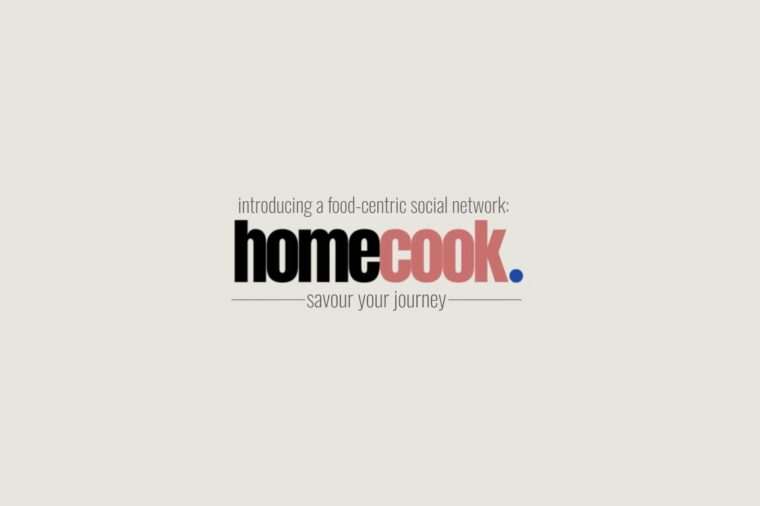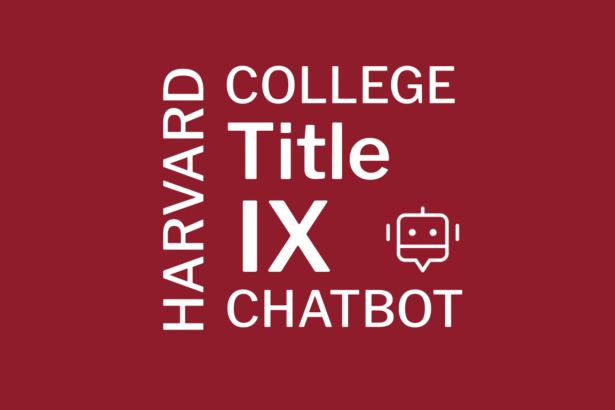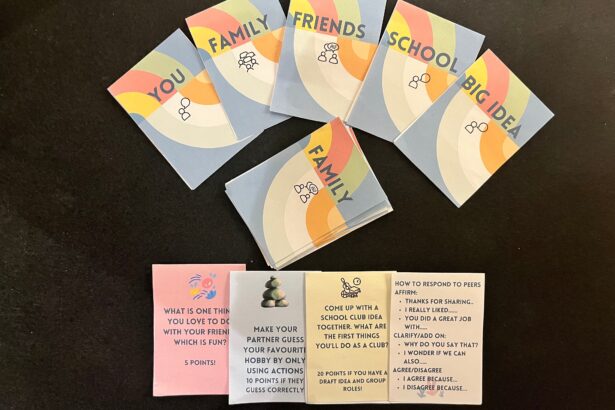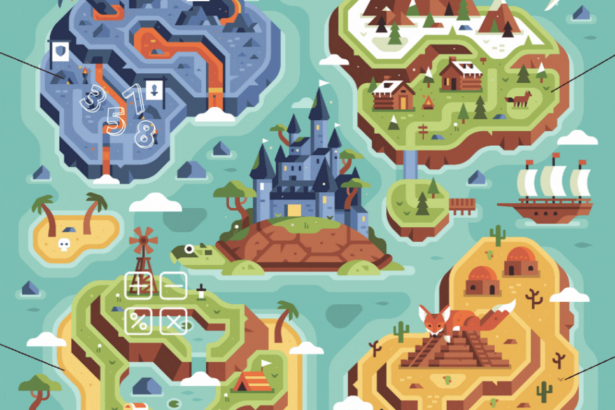The Homecook Project
The Homecook project began as an endeavour to create an online hub where individuals could chronicle their personal journeys with food and cuisine. It originally took flight as a Notion dashboard, which was helpful for prototyping and visually mapping out the platform.

This initial conception of Homecook (formerly known as, or FKA, the Hub) aimed to facilitate users’ exploration of culinary practices and cultural experiences by enabling them to document their favorite recipes, restaurants, and cooking adventures. However, as the project evolved and as I spoke with different people from a variety of backgrounds, it became evident that the real demand came from craving a sense of belonging and community within this niche. It thus revealed an opportunity to transform this idea into a broader, more interactive platform. Homecook FKA the Hub needed to move towards being a more community-centric solution, I began to consider on creating Homecook as an app. This idea still felt aligned with my original goals, but I decided to make a few accommodations to adhere within the constraints of the PCE timeline. I decided to forge ahead with designing an app but also composed a proposal to complement the prototypes I would make. As such, my final PCE project is both a proposal and an app (see prototype below) – a framework for a community-centric, food-centric social network platform that connects people through experiences with food, cuisine and culture.
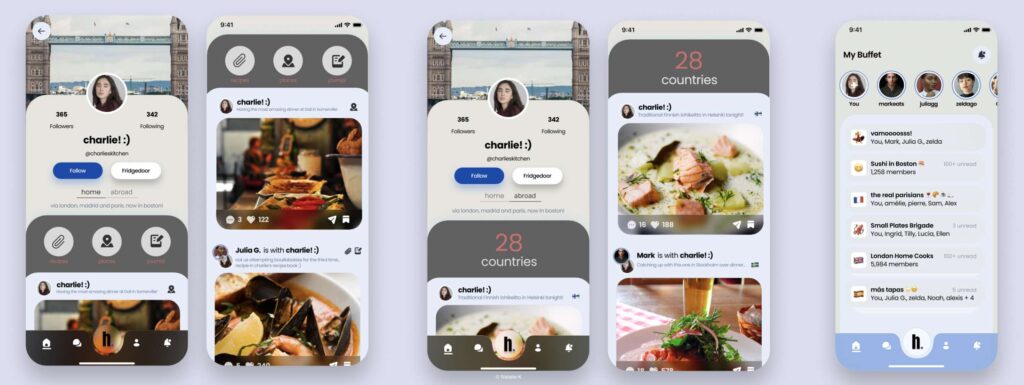
Reflections on Learning Design
My approach to learning design underwent a significant transformation. Initially, I identified solely as a social constructivist in my work. Social constructivism emphasises learning as an inherently social process which is constructed through interaction with others, a perspective which shaped much of my thinking around my motivations for pursuing the Homecook concept. However, as I delved deeper into the project and the readings, I encountered principles of constructionism, which suggests that learning occurs most effectively when people are making and creating – they are tinkering and prototyping, producing tangible objects or digital artifacts.
This presented a challenge, as the constructionist view necessitated a shift from my understanding of learning design as mostly a social process. Through this experience, I learnt that holding multiple theoretical perspectives simultaneously can actually offer greater flexibility in addressing learners’ diverse needs, and is a strength to welcome into my instructional design toolkit. This realisation is also what prompted me to more actively pursue a multidisciplinary approach in my design, allowing for greater adaptability, modes of engagement and creativity when encountering roadblocks. Furthermore, this flexibility is ultimately what led to my pivot from Homecook (in all its previous iterations) to what it it is now – from a documentation tool to a dynamic, interactive social platform.
Designing Homecook involved navigating various forms of media, from digital platforms like Notion to conceptual frameworks for app development. I consider the pivots I took as examples of how interdisciplinary learning design truly is, and how it is this interdisciplinary nature which facilitates dynamic, empathetic designs. The development of Homecook has been as much about understanding design strategies as it has been about creating a tool for culinary and cultural exploration. In embracing a more nuanced and open-minded approach to learning design, I have had a unique opportunity to learn about the importance of flexibility, intentionality, and interdisciplinarity in learning design. This journey has been invaluable in demonstrating the considerations necessary to effectively and equitably innovate, and has been particularly memorable in revealing how I can contextualise my interest in learning design against my pursuit for equity and justice.
